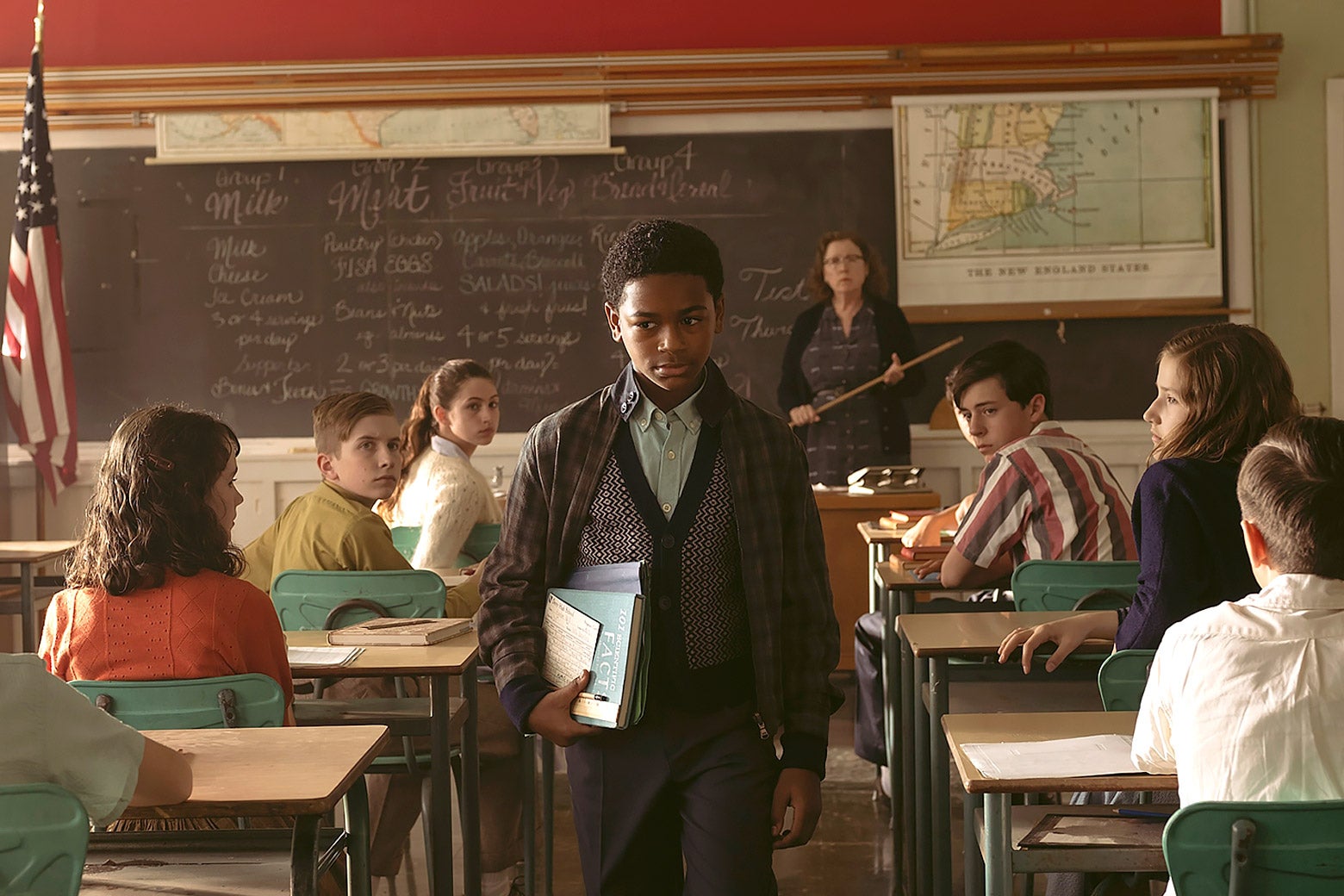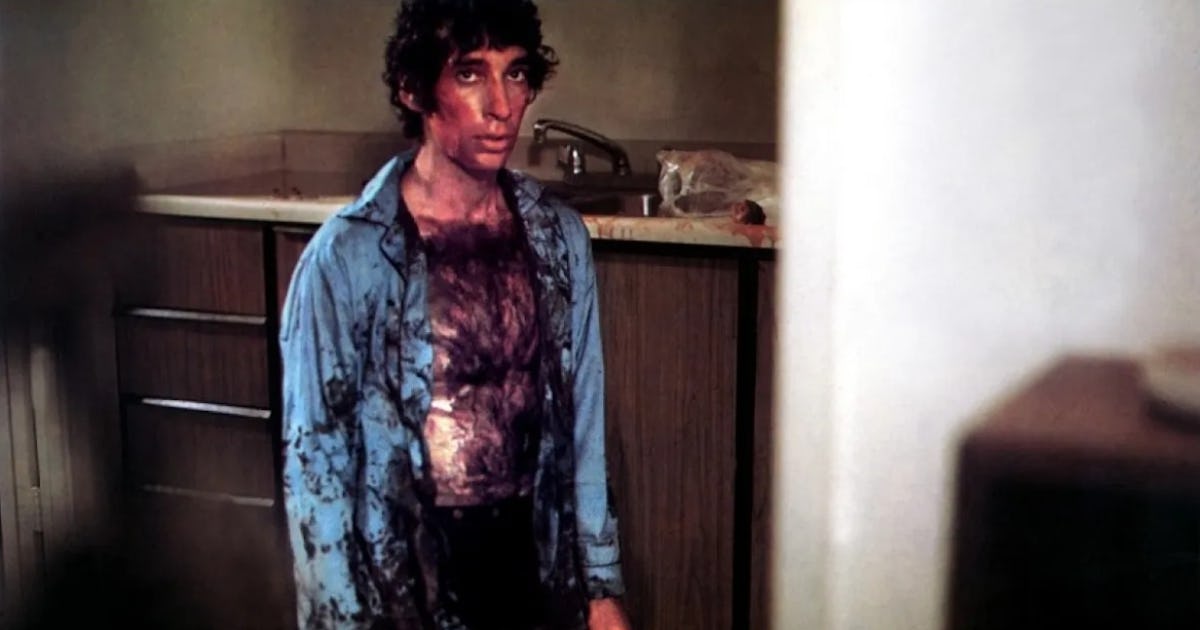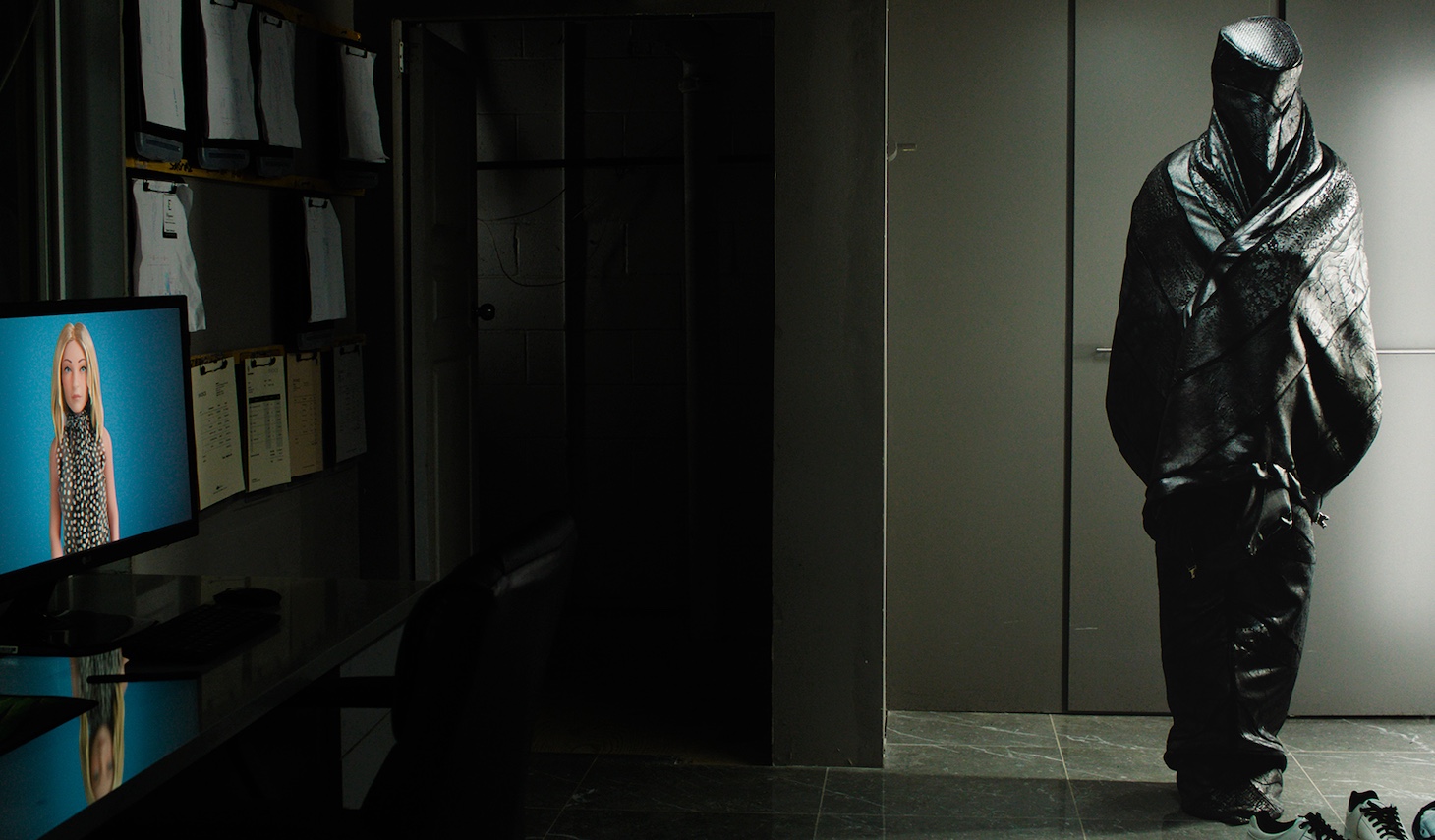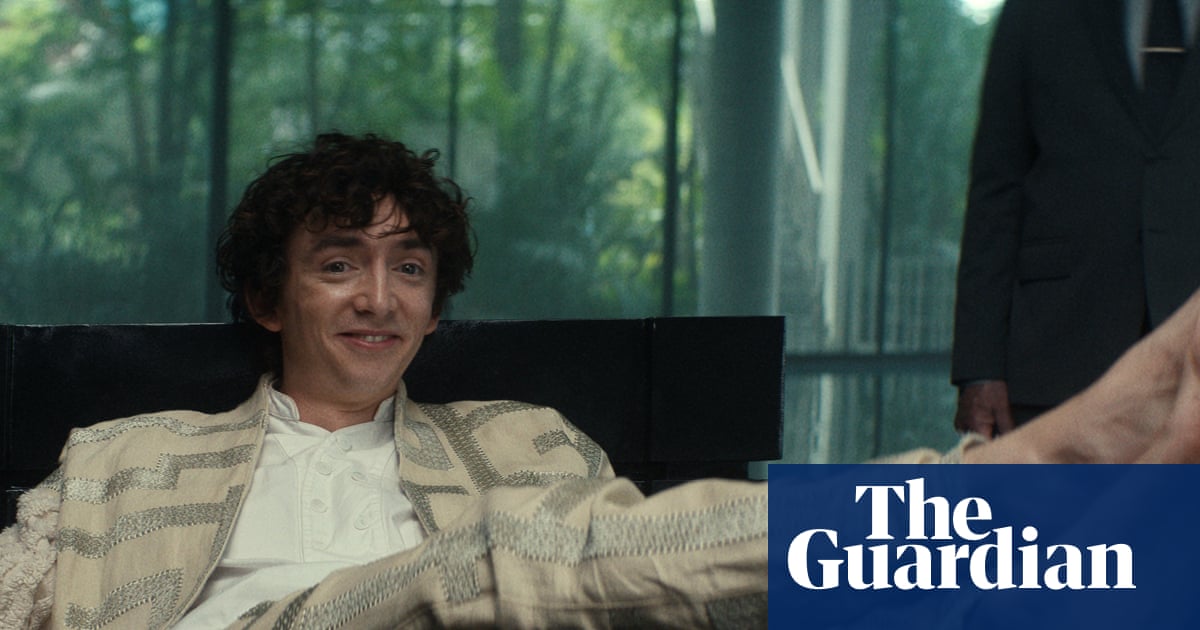fromwww.esquire.com
1 month ago'IT: Welcome to Derry' Episode 4 Recap: What Happened?
Goddamn. When I recapped Alien: Earth earlier this year, I thought I knew gross. I've seen Ichi the Killer. AndEyes Without a Face. Salo, or the 120 Days of Sodom. The Human Centipede! I've bore witness to profane videos of Internet legend. I truly thought I knew horror and depravity, and that I had a stomach of steel. But IT: Welcome to Derry has taken a step beyond what I thought was possible on mainstream television.
Television














